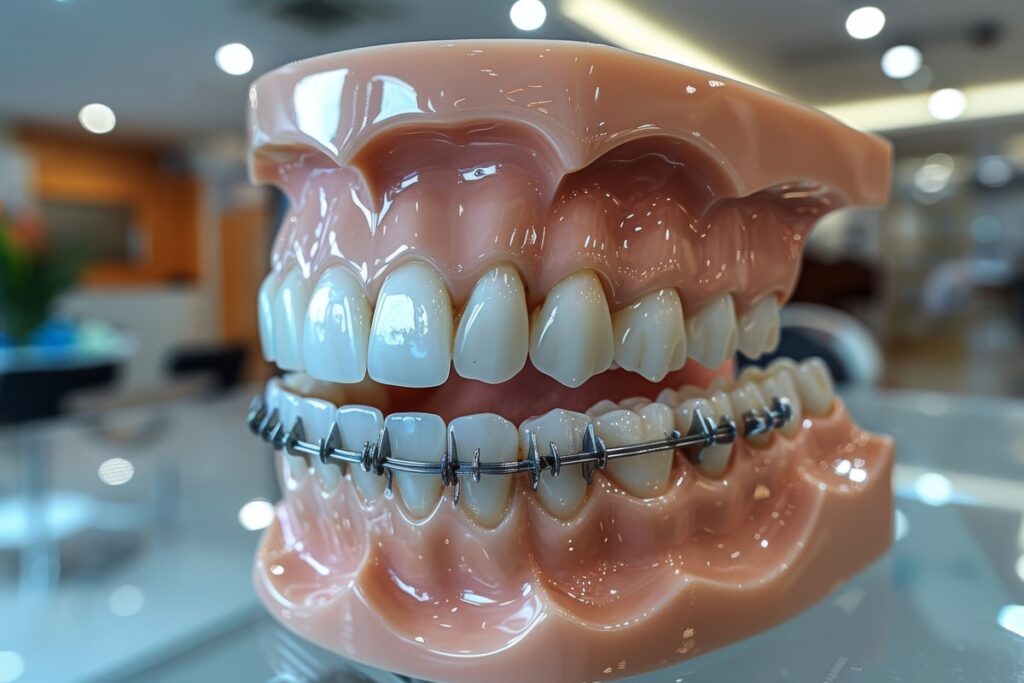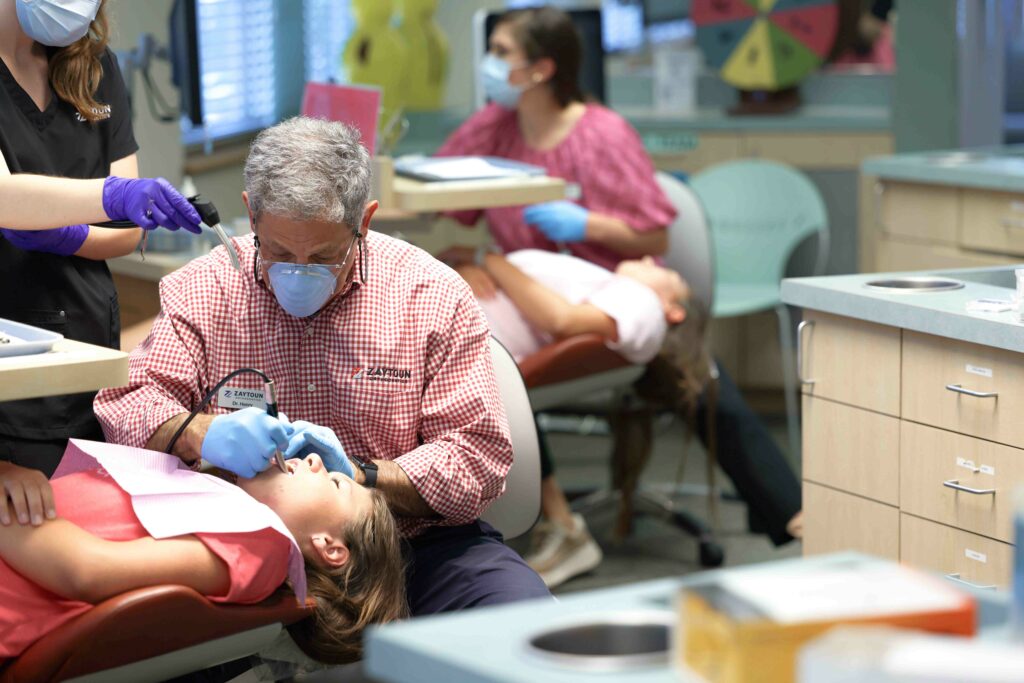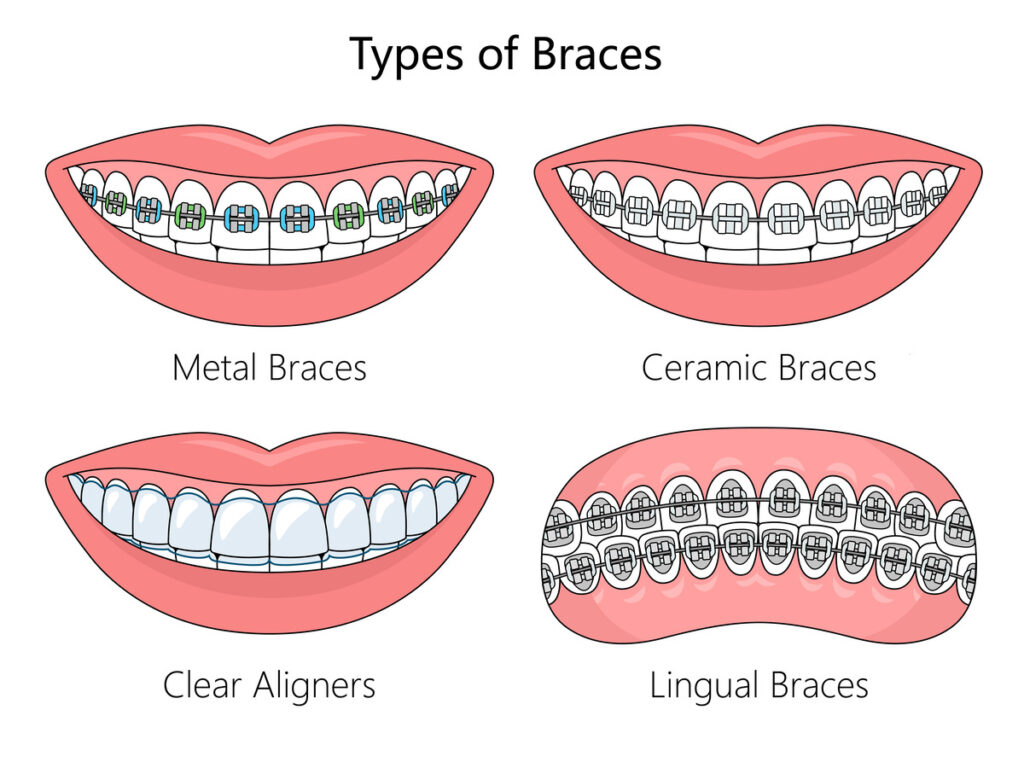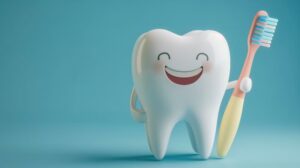Table of Contents
ToggleThis article delves into the complexities of choosing braces for bottom teeth only—exploring reasons behind this decision, available types, duration, cost, and alternatives to conventional braces. Whether you’re driven by aesthetic concerns or looking to alleviate dental discomfort, gaining a full understanding of your options is key. Let’s break down what single-arch orthodontics involves and why it could be the tailored solution you need.
Can I Get Braces on My Top or Bottom Teeth Only?
Yes, opting for braces on either the top or bottom teeth alone is a feasible option, known as single-arch orthodontics. This approach specifically targets misalignment or bite concerns in just one arch, either upper or lower, depending on your dental needs. Whether or not this method works for you depends on various elements, such as the severity of misalignment, how the upper and lower teeth fit together, and your overall dental health.
Why Would You Consider Braces on Bottom Teeth Only?
There are several reasons people choose to focus on bottom teeth only, ranging from dental health goals to purely aesthetic preferences. A common reason is enhancing the appearance of your smile by addressing crowding or misalignment in the lower teeth, which often has a significant impact on overall aesthetics. This focused approach can be a confidence booster, providing noticeable improvements in a targeted way.

What are the types of braces suitable for bottom teeth only?
There are several effective options available. Each type of braces comes with its own set of distinct benefits.
Traditional Metal Braces: Durable and Reliable
Known for their strength and longevity, traditional metal braces remain a top choice for fixing various dental issues. Their robust design ensures they can tackle even the most stubborn misalignments, providing a reliable route to improved dental alignment and overall oral health.
Ceramic Braces: Subtle and Aesthetic
Ceramic braces are perfect for those who want a less visible solution. Blending seamlessly with your natural teeth color, they offer a more discreet way to achieve dental correction. If aesthetics are your top concern, ceramic braces provide an excellent balance between appearance and effectiveness.
Lingual Braces: Invisible and Effective
For those prioritizing complete discretion, lingual braces are the go-to choice. These braces attach behind the teeth, ensuring they’re invisible from the front. Lingual braces are ideal for individuals seeking a highly effective treatment without compromising their appearance during the process.
How Long Will Treatment for Bottom Teeth Braces Take?
When it comes to braces for the bottom teeth only, treatment times can vary greatly, typically ranging between 6 to 24 months. This duration largely depends on several factors, including how severe the misalignment is and the patient’s age. Younger patients, whose dental structure is more adaptable, often experience quicker results.
Here’s a general breakdown:
- Mild Misalignment: For cases where the issue is minimal, treatment can be as short as 6 to 12 months.
- Moderate Misalignment: A moderate case may take between 12 to 18 months.
- Severe Misalignment: If there are significant alignment issues, expect treatment to last closer to 18 to 24 months.
Moreover, age plays a vital role in determining the overall duration:
- Children and Teens: Because younger jaws and teeth are more malleable, their treatment typically falls on the shorter end of the scale.
- Adults: For adults, the process can take a bit longer as their dental structure is less flexible.
How Much Should You Expect to Pay for Braces on Bottom Teeth Only?
The cost of braces focused solely on the bottom teeth can vary widely, influenced by both the type of braces and the complexity of the dental issue. Below is a cost breakdown to help you better understand the potential financial investment:
| Type of Braces | Average Cost (USD) | Additional Notes |
|---|---|---|
| Traditional Metal | $3,000 – $7,000 | The most budget-friendly option, widely available. |
| Ceramic | $4,000 – $8,000 | Offers a less noticeable look, costs slightly more. |
| Lingual | $8,000 – $10,000 | Positioned behind the teeth for complete discretion. |
Don’t forget to account for maintenance and aftercare, which are essential for long-term success:
| Service | Cost (USD) | Notes |
|---|---|---|
| Maintenance | $50 – $100 per visit | Covers periodic adjustments and check-ups. |
| Aftercare (Retainers) | $100 – $500 | Helps maintain alignment after treatment. |
Remember, these costs can vary significantly depending on where you live and the experience of your orthodontist.
What are the Best Alternatives to Braces for Bottom Teeth Only?
Invisalign: A Discreet, Removable Option
Invisalign aligners are a fantastic choice for those prioritizing both aesthetics and convenience. These clear aligners are custom-made to fit snugly over the teeth and gradually shift them into alignment over time. This treatment is particularly appealing to adults and teenagers who want a subtle, nearly invisible solution compared to traditional braces.
Dental Veneers: A Cosmetic Solution Without Realignment
Dental veneers are more of a cosmetic fix, designed to enhance the appearance of your smile without actually correcting the position of your teeth. Thin porcelain shells cover the front surface of the teeth, masking imperfections like stains, chips, or small gaps. This option is best suited for those who want an immediate aesthetic improvement without undergoing orthodontic treatment.
Traditional Braces: The Comprehensive Solution
Although traditional braces may be more noticeable, they offer the most comprehensive correction for a wide range of dental alignment issues. Whether dealing with severe misalignments, overcrowding, or bite problems, traditional braces are highly effective and, in many cases, the most economical choice for achieving long-term results.
Consultation with an Orthodontist to Explore All Options

Ready to explore your options for a straighter, more confident smile? Schedule a consultation with Zaytoun Orthodontics today to find out if braces for bottom teeth only are the right choice for you. Our experienced orthodontists will provide a personalized assessment to ensure you receive the best treatment for your dental needs. Contact us now to book your appointment and take the first step towards a beautiful smile!
The information provided in this blog is for educational and informational purposes only. It is not intended as a substitute for professional medical, dental, or healthcare advice. Always consult with a qualified healthcare provider for diagnosis, treatment, and answers to specific medical questions.

I’ve been around orthodontics for as long as I can remember with my father opening Zaytoun Orthodontics in 1959. That upbringing of being around my father and watching him change lives through perfecting smiles helped guide me in figuring out what I wanted to do when I grew up, which was to be in the healthcare field. Orthodontics for over 30 years. Joining my father and sister was a thrill for me and something that sets us apart from other orthodontists.






